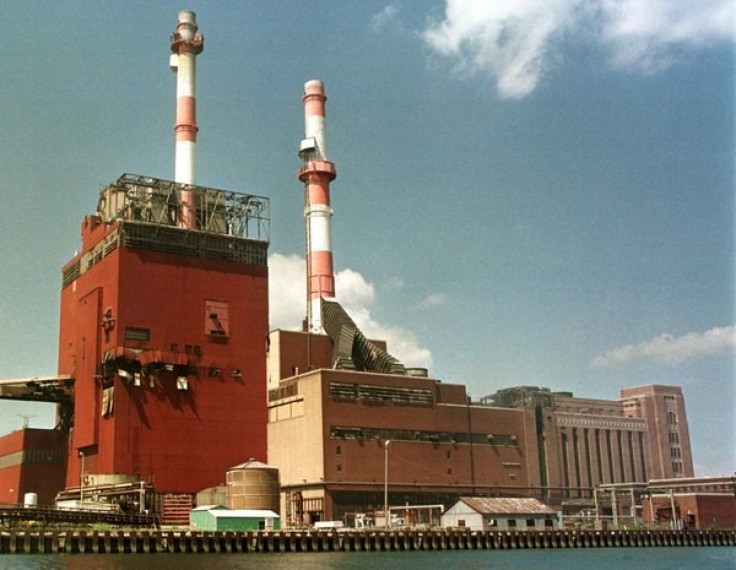Mercury plagues Indiana

Indiana has over 30 coal-burning power plants. The smoke rises and disperses in the air, but its chemical contents do not vanish. They linger in the atmosphere and they return to the earth, and to the waterways of Indiana, with the rain.
And that poses a danger to Indianans, and Indiana wildlife, and other Americans, too.
The U.S. Geological Survey, in partnership with the Indiana Department of Environmental Management, recently published the results of a decade-long study of Indiana waterways. The title says a lot: Mercury in Indiana Watersheds.
Mercury contamination in water and fish throughout Indiana has routinely exceeded levels recommended to protect people and wildlife, said the USGS release accompanying the report. About 1 in 8 fish samples tested statewide had mercury that exceeded the recommended safety limit for human consumption. The causes include mercury in the rain and mercury going down the drain.
Mercury, which has several industrial and household uses - most notably, in thermometers - is highly toxic and can severely sicken, even kill, people who are exposed to it in certain concentrations.
The USGS scientists found that mercury concentrations in Indiana watersheds routinely exceeded criteria protective of humans and commonly exceeded criteria protective of wildlife, said Martin R. Risch, who led the study.
The scientists took 411 water samples from the state's 26 watersheds. They found a median mercury level of 2.32 nanograms per liter, or ng/L, and a maximum of 28.2 ng/L. Compared to Indiana's water-quality criteria for mercury, 59 percent of the water exceeded the 12-ng/L Great Lakes human-health criteria and 72.5 percent exceeded the 1.3-ng/L Great Lakes wildlife criterion.
According to the USGS, the most significant source of mercury to Indiana watersheds is fallout from the air. In Indiana, coal-burning power plants emit more mercury to the air each year than any other human activity, the report said.
The Indiana Department of Environmental Management says it has been dealing with its mercury problem for years and, based on the report, does not think it needs to radically change its approach.
There has been very little variation in the mercury data collected over nearly 10 years, said Amber Finkelstein, spokesperson for the IDEM. Currently, much of the mercury that is monitored in Indiana derives from outside the state.
Finkelstein said that there is no statistical variability in the data from which to draw policy conclusions.
She also said the state conforms to U.S. environmental emission standards for plants releasing mercury into the air, and further federal standards regarding mercury pollution in wastewater.
The IDEM also makes an advisory available online regarding the consumption of fish. There are five groupings of fish. Those in Group 1, the state says anyone can eat, while no one should eat the fish from Group 5. These forbidden fish can be found in 13 state water systems.
But Bowden Quinn, conservation program coordinator for the Hoosier Chapter of the Sierra Club, said IDEM is painting too rosy a picture.
That's ridiculous to say that most of the pollution originates outside Indiana, Quinn said. Indiana is the coal-burningest state in the nation. We're causing the mercury pollution right here.
Quinn pointed out that last year neighboring Illinois took a pledge to slash mercury emissions from power plants by 90 percent, becoming the seventh state to commit to lowering airborne mercury to levels below federal standards.
Indiana would not take the pledge, Quinn said.
Because of the prevailing eastward bias of air currents east of the Mississippi River, much of the emissions from plants in Indiana travels east and falls in polluted rain in Pennsylvania, New Jersey, New York and elsewhere.
Indiana's mercury-producing power plants are a source of our own problem and of other states' problems, Quinn said.
No one should eat any fish taken from a stream or a lake in Indiana, he said.
© Copyright IBTimes 2024. All rights reserved.











